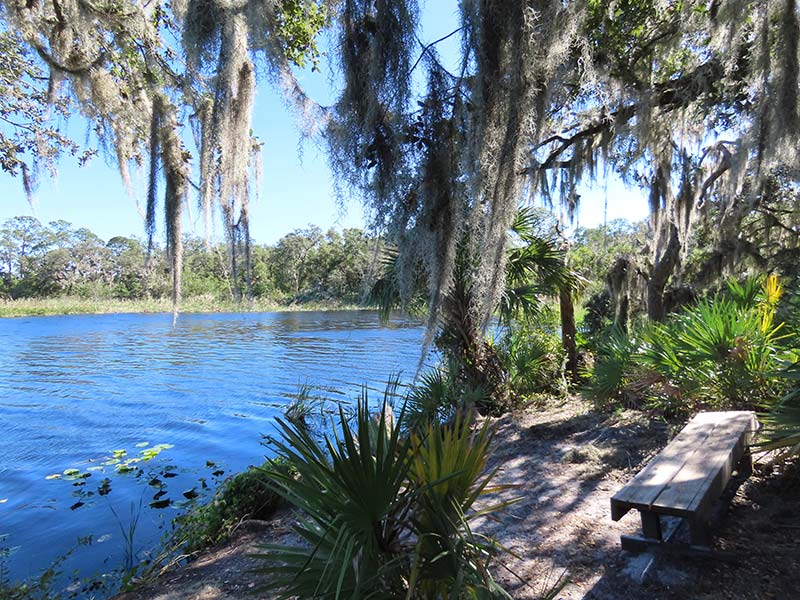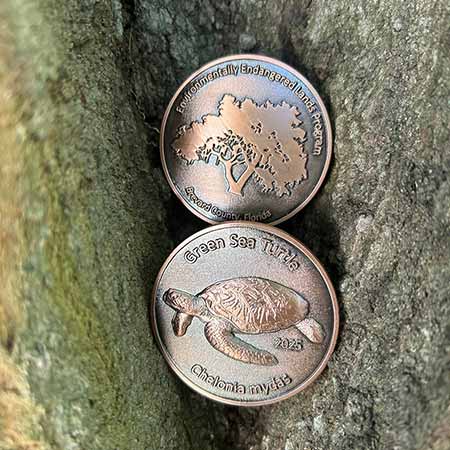The Environmentally Endangered Lands (EEL) Program

The Environmentally Endangered Lands (EEL) Program was established in 1990 to protect the natural habitats of Brevard County by acquiring environmentally sensitive lands for conservation, passive recreation, and environmental education.
This was made possible by citizens who voted to tax themselves for the acquisition and maintenance of Brevard’s natural areas. Residents reaffirmed the EEL Program in 2004 under a second referendum to protect the natural habitats within Brevard County by the acquisition of environmentally sensitive lands through a willing seller program for the purpose of conservation, passive recreation, and environmental education.
To stretch these funds as far as possible, the EEL Program forms partnerships with federal, state and local agencies that are committed to the protection of natural resources and our long-term quality of life. EEL sanctuaries are managed to preserve native habitats and the plants and animals that live there.




EEL Program 30 Year Anniversary Report 1990-2020
See what the Program has accomplished over the past 30-years.

Attention Treasure Hunters!
Learn about how you can find hidden Treasure Coins at your local Nature Sanctuaries.
Mission Statement
Protecting and Preserving Biological Diversity Through Responsible Stewardship of Brevard County’s Natural Resources
Vision Statement
- The Environmentally Endangered Lands (EEL) Program acquires, protects and maintains environmentally endangered lands guided by scientific principles for conservation and the best available practices for resources, stewardship and ecosystem management.
- The EEL Program protects the rich biological diversity of Brevard County for future generations.
- The EEL Program provides passive recreation and environmental education opportunities to Brevard's citizens and visitors without detracting from the primary conservation goals of the program.
- The EEL Program encourages active citizen participation and community involvement.
Guiding Directives
- Conserving and managing natural resources
- Providing opportunities for environmental education
- Providing opportunities for passive recreation such as hiking and wildlife observation